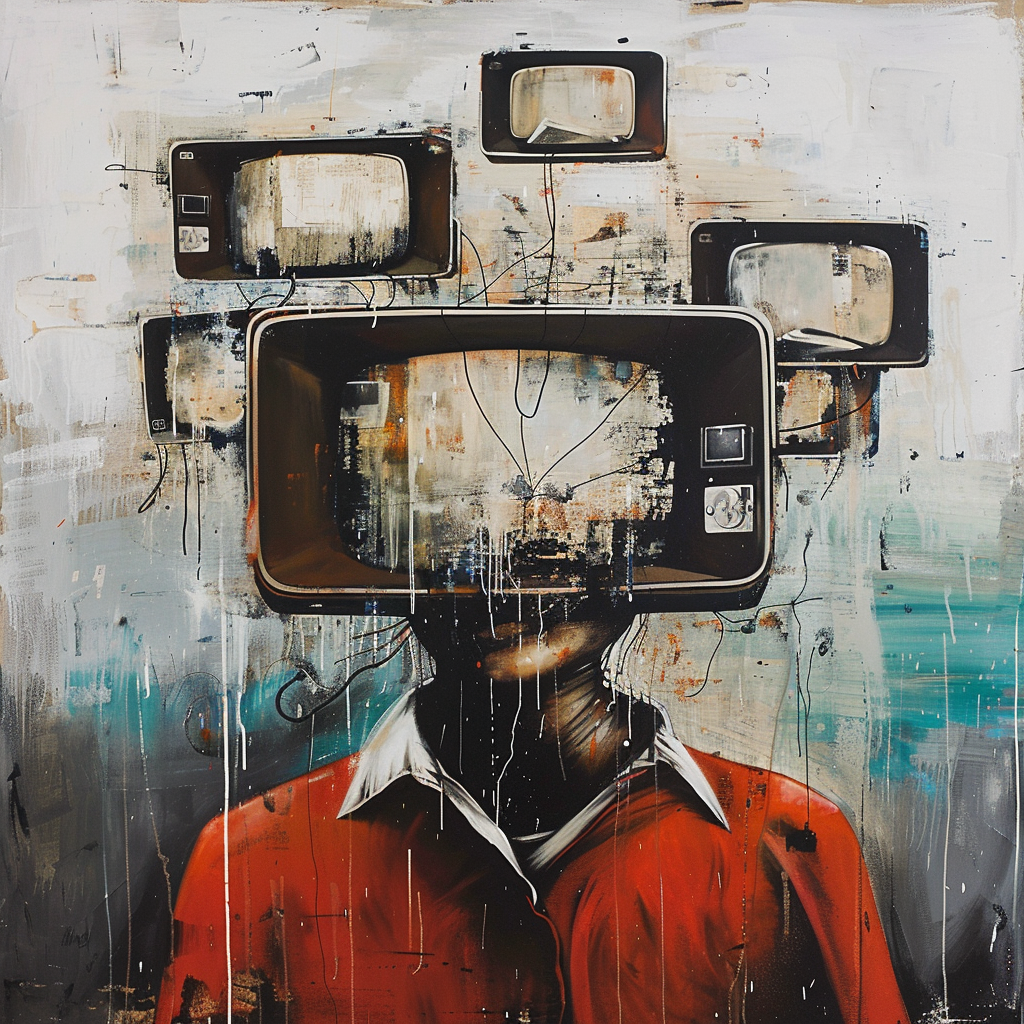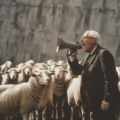An addendum about the current public shaming situation
I recently received the following enquiry from a freelance journalist:
“… Dear Dr Stemper,
I am working on a book about shame and its role in today’s society. The basis for this is a detailed article of mine that was published last year…
The last part of the book is about how people who have experienced severe shaming can find a way out of this destructive feeling. However, there is also the question of whether and how one can become more resilient to shaming in general.
Would you have the time and interest to talk to me about this topic during the coming weeks?
Best regards, …”
(Don’t worry; the omission does not misrepresent statements in the e-mail by fragmenting them but merely protects information about the enquirer’s person and book project).
Now you may be wondering what is wrong with this enquiry – from my point of view, probably quite a lot.
The forms of public shaming that have occurred during the COVID-19 pandemic against a background of a wide range of communicative and social phenomena that have been endorsed by the media:
- Language of fear and control: The use of language during the pandemic has contributed to spreading fear and uncertainty. That was partly realised through a language of control and by framing information to encourage certain behaviours in the population, for example, by constantly emphasising the dangers of COVID-19 and the need for strict measures.
- Social pressure and stigmatisation: Discourses often created social pressure to follow specific health guidelines, stigmatising those who did not support or adhere to these measures. That frequently included harsh criticism and marginalisation on social media and other platforms.
- Censorship and restriction of freedom of expression: There have been numerous cases where freedom of expression has been restricted through censorship on social media and other communication platforms. Hate speech and the spread of misinformation have been used to implement strict controls and suppress dissent by any means, including public shaming and marginalisation of those affected.
- Political instrumentalisation and mediatisation: The pandemic was politically instrumentalised and mediatised in an unprecedented way, with certain narratives being promoted and others suppressed. The connected public shaming affected political opponents and critics of the state’s pandemic policy.
All sorts of public shaming have been reinforced through several mechanisms, including using language to manipulate public opinion, the establishment of a ‘massive background consensus’ and reshaping public perception through constant repetition of specific themes and narratives. Deliberate public shaming can take many forms, all aimed at damaging the emotional balance and reputation of the victim.
Insulting, devaluing, embarrassment or humiliation served the purpose of deliberately provoking feelings of shame by targeting every sensitive point of a victim. They were used in various social contexts for social discipline, for example, at school, in education and even in the family. In particular, there were public acts of shaming that served to damage the reputation of people who were unwilling to reveal their expertise or self-determination.
To understand the consequences of this public shaming, let’s take a closer look at specific forms of public discourse during the pandemic. In the context of the COVID-19 pandemic, some specific narratives have emerged that have been reinforced by social and media mechanisms:
- Shaming of mask refusers and mRNA product sceptics: Those who expressed scepticism about wearing masks or mRNA technologies were uninhibitedly portrayed on social media and in public rhetoric as irresponsible or a threat to public health. This shaming took the form of direct criticism, mocking comments or even aggressive confrontations. People without mRNA application were also discriminatorily denied access to public facilities and sick pay.
- Stigmatisation of infected people: In many cases, the fear of infection led to the stigmatisation of people who had contracted the virus. Those affected were sometimes labelled as negligent or “guilty” of spreading the virus. That led to social isolation beyond the medically necessary quarantine.
- Blaming certain professional groups or communities: Certain professional groups, such as medical staff working on the frontline against the pandemic or specific ethnic groups (“Chinese”) who were falsely associated with the spread of the virus, experienced public shaming and discrimination. Medical and caring professions were even banned from practising.
- Criticism of lockdown measures: Anyone who did not adhere strictly to lockdown measures or expressed doubts about their usefulness became the target of public criticism or rebuke, regardless of the negative social and economic consequences.
These forms of public shaming served, sometimes consciously or unconsciously, to enforce political will and influence individual behaviour. They utilised a complex interaction of fear and social control.
Without the media, the organised hunt for dissidents could not have taken place. That is why the media, journalists and public figures involved must accept full responsibility for any form of public shaming for which they are responsible.
Suppose a journalist now asks for information for a book on the topic of shame in society how the emotional shambles in victims can be dealt with therapeutically and how “resilience” against shame can be built up. In that case, this is highly disingenuous without sufficiently acknowledging the phenomena mentioned in his analysis. Without this acknowledgement, his enquiry would be just another attempt to place psychotherapy at the service of neoliberal transformation.
Yet such attempts are nothing new. The media of the consumer society serves the narrative of individual responsibility for success and happiness or failure in life. Social and economic conditions are thus stamped out of perception, and external anxiety is transformed into internal anxiety, which those affected can no longer adequately explain and to which they, therefore, feel at the mercy of. Psychotherapy has provided Positive Psychology to appropriately deal with the ensuing flood of depression and anxiety disorders, and the pharmaceutical industry has offered cheap antidepressants for the same purpose.
Shame plays a remarkable role in Hannah Arendt’s work, especially concerning actions and consequences in modern humanity. Her focus is on conscience and guilt as an inner conflict. She discusses how the acceptance of guilt leads the individual to a silent form of action, to personal and inner engagement in thought. This form of action contrasts the clamour of public discourse and requires privacy and introspection, openly dealing with one’s guilt and shame, and self-reflection. This kind of shame prompts the individual to focus on their own behaviour within the broader social context.
The media have betrayed their social mandate as the fourth estate and all journalistic professionalism and have set the stage for an unprecedented poisoning of the public discourse with all forms of public shaming. Scientists, politicians and citizens were publicly shamed and insulted when they disagreed with the narratives imposed by the authorities on the pandemic and the government’s supposedly related actions. Despite all the redactions, the recently leaked RKI protocols prove once again how much even statements made by the German government’s leading biomedical research institution with the central task of public health care have been placed in the service of the desired narrative on the instructions of government representatives.
In this situation, the best way for media representatives to deal with shame is not to disseminate information about shame resilience and therapeutic services for victims of public shaming. Following Hannah Arendt, it would rather be time for authors of books and media publications to honestly deal with their own actions in public shaming in social discourse. Shame about these actions should spur journalists to do everything they can to purge this discourse of personal attacks, insults and humiliation and fight against the propagandistic narrowing of the debate space, which seeks to dictate what should and should not be said publicly.
Western society does not need kitchen-table-psychology and tips for the victims of public shaming, but a culture of debate that excludes shaming and at the same time is open enough to diversity of opinion that it does not even consider it necessary to shame those who think differently. Therapists are doing their job anyway, and in individual cases, those affected have no choice but to seek support without needing counselling books to give them the idea.






